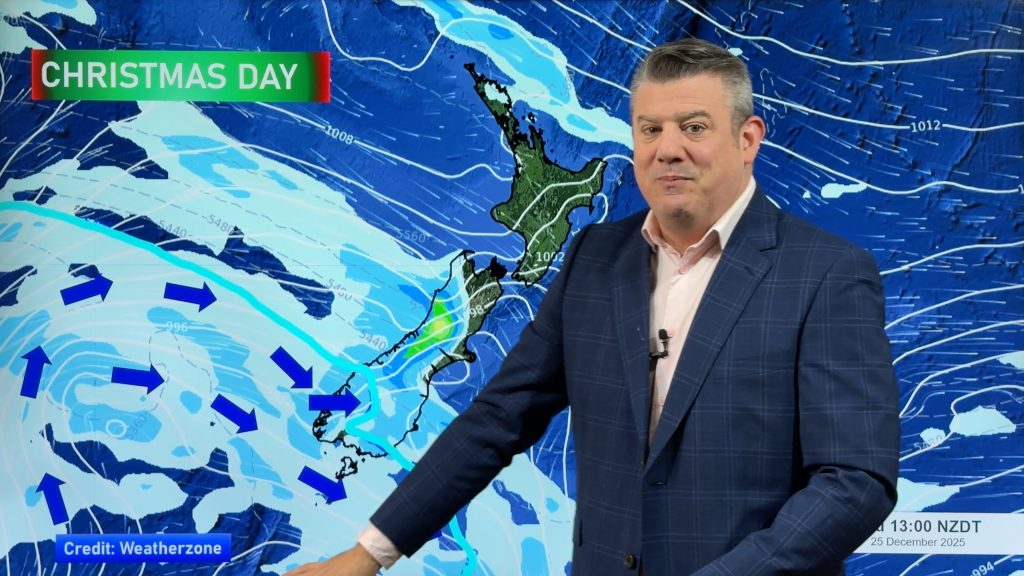
> From the WeatherWatch archives
Louisiana authorities blamed a fifth death on the effects of last week’s Hurricane Isaac on Monday after a 90-year-old man died in a sweltering home without electricity in suburban New Orleans.
The man “was found in his home by family, and the home had no power to it,” Jefferson Parish Coroner Gerry Cvitanovich told CNN. The death was blamed on the heat, he said.
Tens of thousands remained without electricity around the Gulf Coast nearly a week after Isaac came ashore with high winds and heavy rain. Thousands more remain in shelters because of the flooding that followed the storm.
“It’s the very young and very old and chronically ill people that are affected,” Cvitanovich said. “The folks in my office are urging everyone to please check on family and get them in air conditioning or get them to a shelter.”
Farmers ‘can’t wait’ for Isaac Isaac had already been blamed for four deaths in Louisiana and Mississippi and 19 in Haiti. The storm made landfall south of New Orleans as a Category 1 hurricane early Wednesday, the seventh anniversary of the devastating Hurricane Katrina.
View photos, videos, by visiting CNN’s Isaac page here
Evacuation orders — most of them voluntary — remained in place in a number of Louisiana parishes as authorities grappled with new threats posed by rain-swollen rivers and lakes.
In St. Tammany Parish, north of Lake Pontchartrain, those threats included a both the rain-swollen Pearl River and a weakened lock on an adjoining canal. Parish officials warned people to stay away from the area, but authorities lifted a mandatory evacuation order after they released water from the lock to relieve pressure.
“As there is still a potential threat, even though reduced, a voluntary evacuation remains in place until the Army Corps of Engineers deems the lock stable and safe,” Pat Brister, the president of St. Tammany Parish, said Sunday. “Please stay vigilant.”
Forecasters, meanwhile, predict the Pearl River will crest Monday at 19.5 feet, more than 5 feet above flood stage, posing a potential threat to several thousand homes in St. Tammany.
President Barack Obama was set to visit the state Monday to get a first-hand look at recovery efforts. He will tour St. John the Baptist Parish, where thousands were forced from their homes after Isaac’s storm surge pushed water over the banks of Lake Pontchartrain.
The storm posed the first real test to New Orleans following a $14.5 billion federal effort to reconstruct the city’s flood control system after it failed during Katrina in 2005. Katrina killed nearly 1,800 people, most when the storm overwhelmed the levee system and flooded the city.
Though much weaker than Katrina when it came ashore, Isaac moved slowly and dumped enormous amounts of rain on Louisiana and Mississippi. A flood warning was issued for Mississippi’s Wolf River, north of Gulfport, where it was expected to crest Tuesday more than 8 feet above flood stage, the National Weather Service said.
More than 3,500 people were in shelters across Louisiana on Sunday, according to Gov. Bobby Jindal’s office. In Mississippi, roughly 100 people remained in shelters, state officials said.
Those in shelters include residents of Plaquemines Parish, nestled between the Gulf Coast and the mouth of the Mississippi River, where heavy rain and Isaac’s storm surge caused a parish-maintained back levee to fail and threatened another.
Parish officials told CNN affiliate WWL that residents and business owners along its west bank, where authorities are working to maintain the integrity of one of the levees, will be allowed to temporarily return home Monday with a police escort.
In St. James Parish, between New Orleans and Baton Rouge, a dusk-to-dawn curfew was imposed after the Blind River crested at flood stage, flooding nearly two dozen homes. National Guard troops were deployed to the area to help with security and possible evacuations, Jindal’s office said.
Most of the areas hit hard by Isaac were outside the new federal levee system that was reconstructed after Katrina.
Crews in Lafitte, on the outskirts of New Orleans, were considering breaching two spots in a levee along Bayou Barataria on Monday to help drain up to 5 feet of floodwater brought by the storm surge, officials said.
State officials have promised that money from fines paid by BP over the gulf oil spill will be used to reinforce the area levees, Lafitte Mayor Tim Kerner said.
But so far, he says, that hasn’t happened.
“Yeah, it’s frustrating,” Kerner told WWL. “It makes you feel like you’re not doing your doggone job. But I can’t help it if the Corps actually looks me in the face and promises that we’re going to get things, and we don’t.”
As many in Louisiana entered their sixth day without power, frustration with the pace of restoration efforts also grew.
At the height of the storm, more than 850,000 customers were reportedly without power in Louisiana, Mississippi, Alabama, Texas and Arkansas. By Monday, there were roughly 129,000 customers without power in Louisiana, according to Entergy Louisiana.
“Some areas are delayed due to high water conditions,” the power company said on its website.
But for Tyrone Wilson, who relies on an electric scooter for transportation, the return of power means the return of his mobility.
“I got to go put it up because I got no power,” Wilson told WWL. “I have no way to get around. I have to get medicine and go to the doctor. I have no way to get there.”
– CNN.COM
Comments
Before you add a new comment, take note this story was published on 3 Sep 2012.




Add new comment